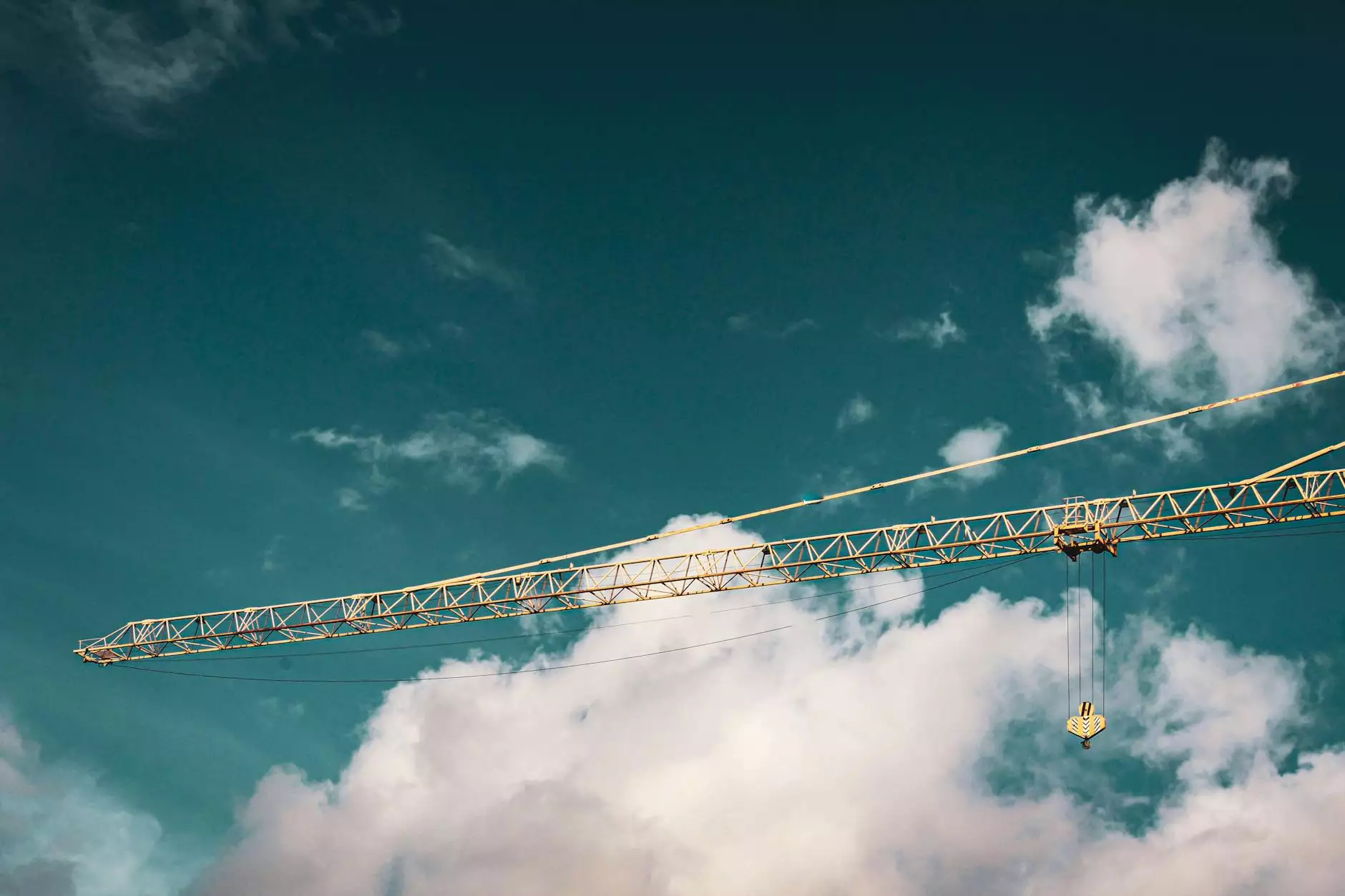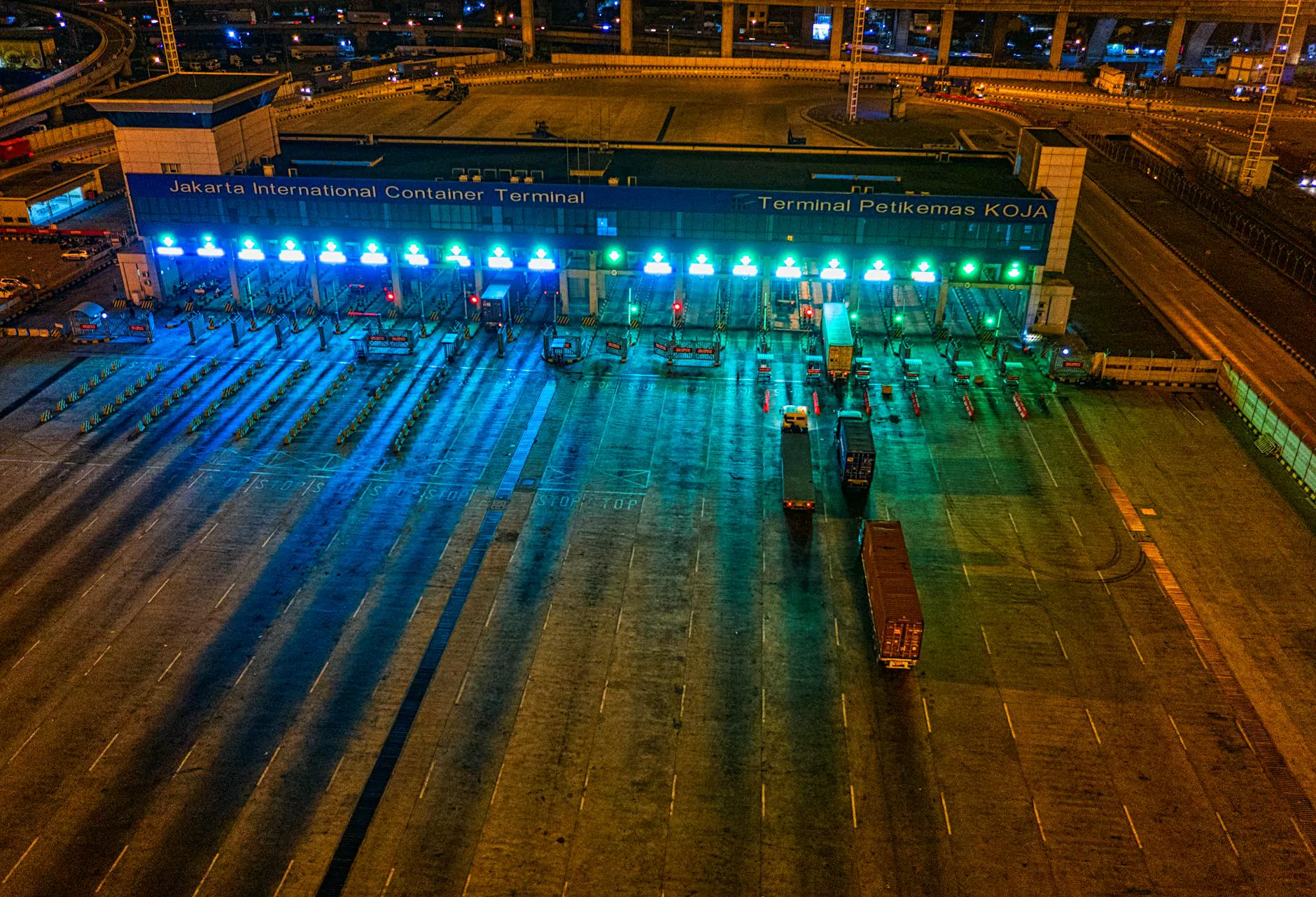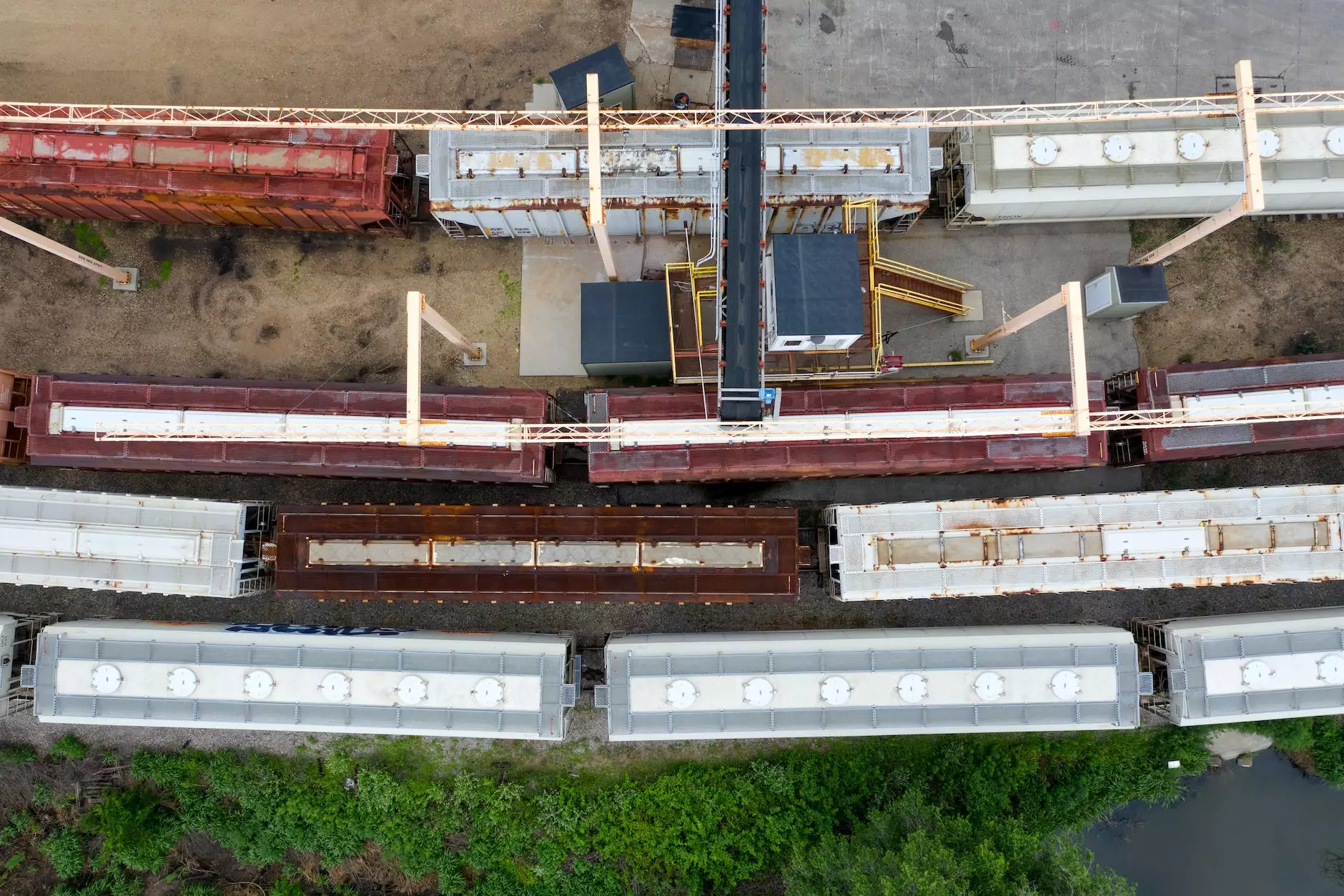Boom Lift vs. Scissor Lift - Pros and Cons of Two Height ...
Equipment Rental
When it comes to heavy industry and engineering projects, having the right equipment is essential for productivity and safety. Two common types of lifts used in these projects are boom lifts and scissor lifts. In this article, we will provide a comprehensive comparison of boom lifts and scissor lifts, highlighting their pros and cons to help you choose the most suitable option for your needs.
Boom Lift
A boom lift, also known as a cherry picker or a bucket lift, is a versatile aerial work platform that offers height and reach capabilities. It consists of a platform or bucket attached to a hydraulic arm, allowing operators to access elevated areas. Boom lifts are often used in construction, maintenance, and other applications that require working at greater heights.
Here are some key advantages of using a boom lift:
- Elevated Reach: Boom lifts provide significant vertical and horizontal reach, allowing access to difficult-to-reach locations.
- Flexible Articulation: The hydraulic arm of a boom lift is designed to articulate, providing flexibility in accessing overhead areas.
- Stability: Boom lifts are designed to be stable when extended, ensuring a secure and safe working platform.
- Job Efficiency: With their extended reach, boom lifts enable faster completion of tasks, enhancing overall efficiency.
- Adaptability: Boom lifts can be equipped with various accessories, such as tool trays or electric outlets, to further enhance productivity.
Despite their many advantages, boom lifts also have some drawbacks to consider:
- Cost: Boom lifts tend to be more expensive compared to scissor lifts, especially for models with complex articulation mechanisms or advanced features.
- Footprint: Boom lifts require ample space for setup due to their extended reach and mobility, making them less suitable for compact or congested work areas.
- Transportation: Transporting boom lifts can be challenging due to their size and weight, requiring specialized trailers or vehicles.
- Training: Operating a boom lift may require specific training and certification due to its articulated arm and height capabilities.
- Limitations on Elevated Weight: Boom lifts have weight limitations on the platform, which can restrict the number of personnel or equipment that can be safely accommodated.
Scissor Lift
A scissor lift is a type of aerial work platform that operates on a series of crisscrossing supports, resembling a set of scissors when extended. Scissor lifts are commonly used in construction, maintenance, and installation projects that require vertical elevation but have less need for horizontal reach.
Let's explore the advantages of utilizing a scissor lift:
- Vertical Reach: Scissor lifts offer excellent vertical reach capabilities, allowing workers to access elevated areas.
- Stability: Scissor lifts provide a stable working platform, ensuring safety and minimizing wobbling or swaying.
- Cost-Effectiveness: Compared to boom lifts, scissor lifts generally have lower upfront costs, making them a more affordable option.
- Compact Design: Scissor lifts have a smaller footprint, making them suitable for projects with limited space or narrow passageways.
- Easy Transportation: Scissor lifts are more easily transported due to their compact size and lighter weight, requiring less specialized equipment.
However, it is essential to consider the limitations of scissor lifts:
- Horizontal Reach: Unlike boom lifts, scissor lifts have limited horizontal reach, which may not be suitable for applications requiring extensive side-to-side or overhead access.
- Mobility: Scissor lifts are primarily designed for vertical movement and are less maneuverable compared to boom lifts.
- Set-Up Time: Scissor lifts may require more time to set up and position correctly, especially in uneven or rugged terrains.
- Accessibility: Working on uneven or sloped surfaces can be challenging with scissor lifts due to their fixed position and lack of articulation.
Conclusion
Choosing between a boom lift and a scissor lift ultimately depends on your specific project requirements and constraints. Consider factors such as height and reach needs, budget, available space, transportation logistics, and job site conditions.
Keep in mind that safety should always be a top priority when working at heights. Ensure that operators receive proper training and adhere to all safety guidelines and regulations.
At TQ Crane, we offer a wide range of heavy industry and engineering equipment, including china crane wireless remote control, mg double girder gantry crane products, china crane parts telecrane remote control, china harga hoist crane 1 ton, electromagnetic bridge crane, high-quality mh crane, 60 ton crane manufacturers, crane remote control factory, 60 ton crane suppliers, oem 60 ton crane, china crane remote control, 60 ton crane factories, double beam crane factory, 60 ton crane exporters, china wireless crane remote control, wholesale 60 ton crane, and crane hook block manufacturer. Browse our selection and let us assist you in finding the perfect equipment for your project.



